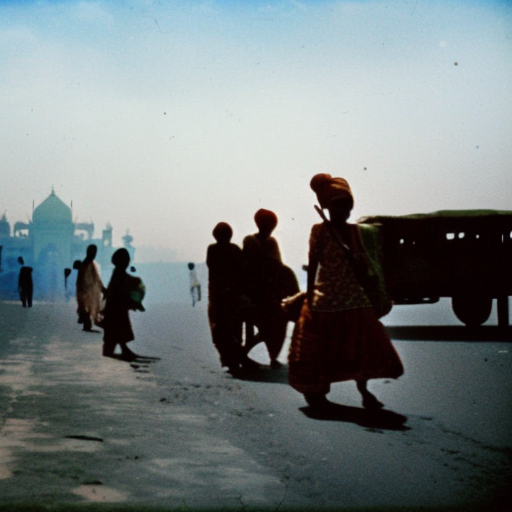Summary: The Partition of India was the division of British India into two separate countries, India and Pakistan, in 1947. The partition was accompanied by widespread violence and mass migrations, resulting in the displacement of millions of people and the loss of hundreds of thousands of lives. The partition was primarily based on religious lines, with India becoming a secular state with a Hindu majority and Pakistan becoming a Muslim-majority state.
Background:
British India was a colony of the British Empire and included present-day India, Pakistan, and Bangladesh. By the mid-20th century, there was a growing demand for independence from British rule. The Indian National Congress, led by figures such as Mahatma Gandhi and Jawaharlal Nehru, advocated for a united and independent India. However, the Muslim League, led by Muhammad Ali Jinnah, argued for a separate Muslim state.
The Mountbatten Plan:
In 1947, the British government appointed Lord Mountbatten as the last Viceroy of India with the task of overseeing the transfer of power. Mountbatten proposed a plan for the partition of India, known as the Mountbatten Plan. The plan called for the creation of two separate dominions, India and Pakistan, with the princely states given the option to join either country or remain independent.
Violence and Mass Migration:
The partition of India resulted in widespread violence and mass migrations. Hindus and Sikhs in Pakistan and Muslims in India faced attacks and were forced to flee their homes. Riots, massacres, and looting occurred on both sides of the newly drawn border. Estimates suggest that between 200,000 and 2 million people lost their lives during this period, and millions were displaced.
Independence and Formation of India and Pakistan:
On August 15, 1947, India and Pakistan gained their independence from British rule. India became a secular state with a Hindu majority, while Pakistan became a Muslim-majority state. The partition was accompanied by the transfer of power, with Lord Mountbatten serving as the first Governor-General of India and Muhammad Ali Jinnah becoming the Governor-General of Pakistan.
Impact:
The partition of India had far-reaching consequences. The violence and mass migrations led to the displacement of millions of people and the loss of lives on an unprecedented scale. The communal tensions between Hindus and Muslims that were heightened during the partition continue to shape the politics and society of India and Pakistan to this day. The partition also had a significant impact on the economies of both countries, as they had to rebuild and reorganize their administrative systems.
Kashmir Conflict:
One of the most enduring legacies of the partition of India is the ongoing conflict over the region of Kashmir. The princely state of Kashmir, with a Muslim majority but a Hindu ruler, chose to remain independent. However, both India and Pakistan claimed the region, leading to a war between the two countries in 1947-1948. The conflict over Kashmir remains unresolved and has resulted in several wars and ongoing tensions between India and Pakistan.
Conclusion:
The partition of India in 1947 was a significant event in the history of the subcontinent. It led to the creation of two separate countries, India and Pakistan, and resulted in widespread violence and mass migrations. The partition had a profound impact on the politics, society, and economies of both countries. The communal tensions and the Kashmir conflict that emerged as a result of the partition continue to shape the region’s dynamics.












